Does Minelab say the real-life detectorists participated in the development of the Go-Find? Here is a Go-Find 20 vs Go-Find 40 comparison and what is the worst in them.
In features of the Go-Find 20 and Go-Find 40, the manufacturer specifies the length – 555mm (a minimum one, when collapsed). So both detectors must be equal.
The difference. Only the Minelab Go-Find 20 corresponds to this figure. The Go-Find 40 is noticeably shorter.
However, the compactness isn’t impressive anyway. For example, the Garrett ACE 250 when disassembled is only 1cm longer than the Minelab Go-Find 20. And if you remove the ACE 250 coil from the shaft, the device will have shorter length than the Go-Find 20.
How did Minelab manage to make the detectors of different lengths from equal components? The construction is one-to-one. If desired, the replacement parts can be shifted from one model to another.
In practice, the Minelab Go-Find machines are inconvenient. The handle, being highly positioned, swings the detector while sweeping. The battery compartment door creaks under the hand. There’s no armrest at all.
It’s impossible to hunt with the Minelab Go-Find without using a fixing strap on the armrest. This is because the very same strap serves as an armrest.
The construction doesn’t have a single metal component. The shafts are creaking and vibrating. The plastic camlocks are ready to break down at any moment.
Why has Minelab made a square coil? What is its advantage over elliptical or round one? This coil gives little detection depth. For instance, the 10 Monoloop (Go-Find 40/60) has less depth than the Garrett ACE 250 with the 6.5×9 ACE PROformance coil. But it should be the opposite.
The difference. The 8 Monoloop (Go-Find 20) and 10 Monoloop (Go-Find 40/60) coils vary only in size. The increase in depth resulting from this difference is slight – a few centimeters for the targets like coins. As for the rest these coils are equal.
What I like about the Minelab Go-Find metal detectors is the screens. They are contrasting, in direct sunlight everything can be seen perfectly.
The difference. The Go-Find 40 screen has a backlight (the latter is great!).
The difference. The Minelab Go-Find 20 has no pinpoint mode… Of course it’s possible to hunt without this mode, but in order for that to be effective, you need experience. The newbies have no such experience. Well, all correct: if there is no button, then there are no questions. Let them hunt.
Discrimination. Here, the manufacturer hasn’t cheated anyone. You can effectively hunt even with the minimal Go-Find 20. For accuracy in iron rejection the device is equal to the Garrett ACE 250 (sometimes it’s even better).
All metals in the Minelab Go-Find are divided into 4 groups (4 icons on the detector screen). The first one corresponds to iron. The rest are non-ferrous metals.
The difference. The Minelab Go-Find 20 discrimination mode allows elimination of 1 group only. The Minelab Go-Find 40 does the same for 1 or 2 groups.
The difference. The Minelab Go-Find 40 has Bluetooth… In my opinion, it’s a useless feature (the way in which it was implemented by the manufacturer). The metal detector screen and control buttons are duplicated on a smartphone display. Very simple geolocation features available. Has Minelab decided to collect statistics about its users with this app?
The difference. The Minelab Go-Find 40 also has an upper scale (a LED strip above the screen). This one will probably be useful for a newbie. But I don’t perceive it while hunting. By the way, these LEDs can’t be seen in the sunlight.
More info about the Minelab Go-Find 20 can always be found here (news, videos, tests, comparisons) and on Knowledgebase pages (specs, features). All content related to the Minelab Go-Find 40 is here and here.

Don’t miss it! This is my personal experiment – another coil for the Minelab Go-Find 40 (photo review and video test).
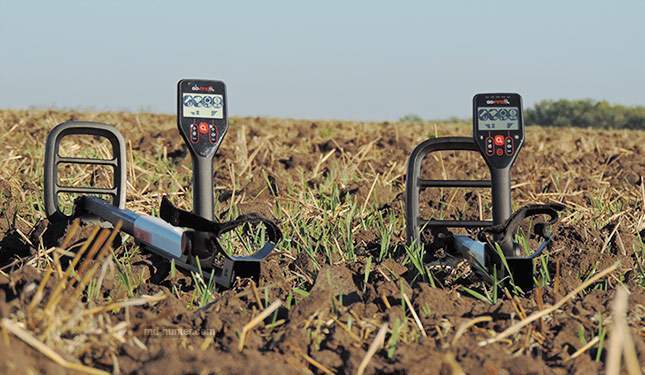
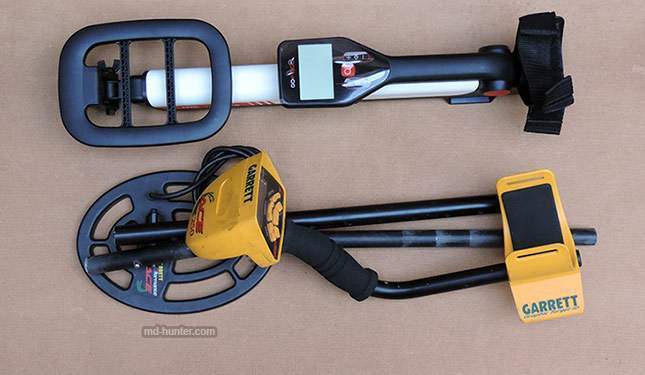
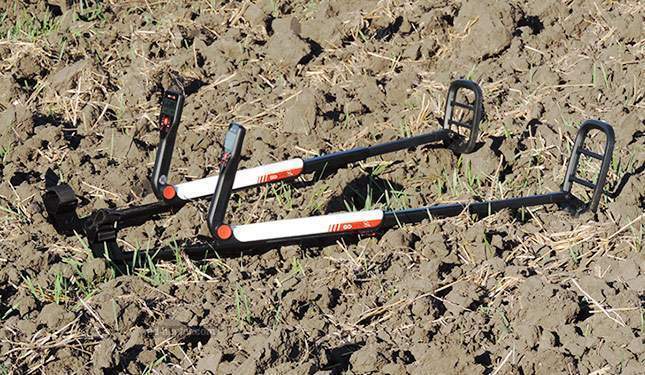
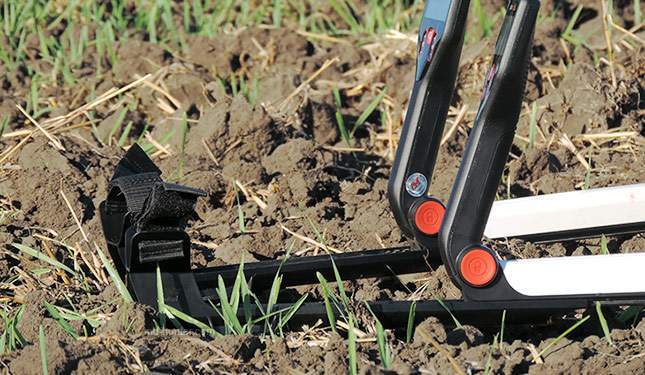
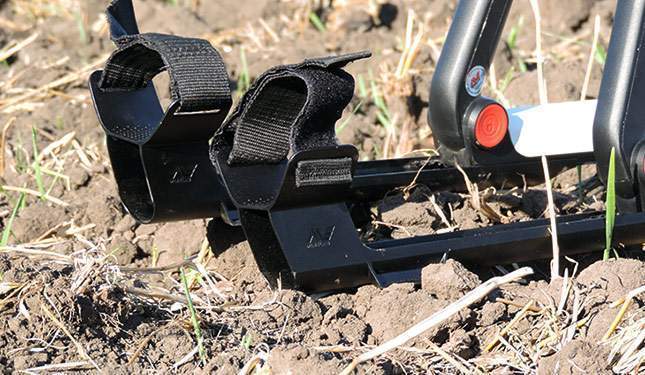
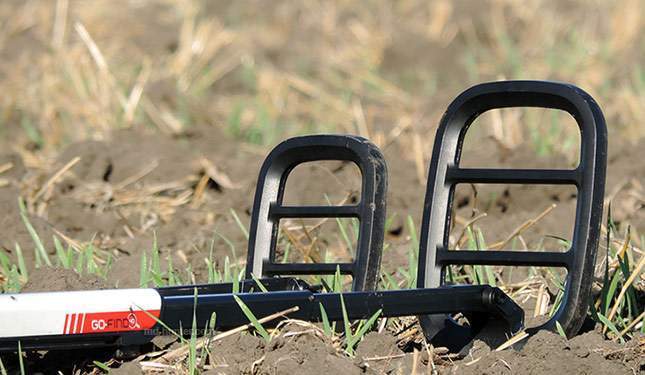
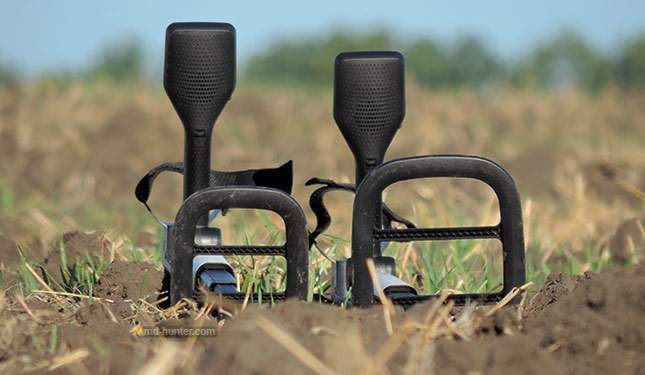

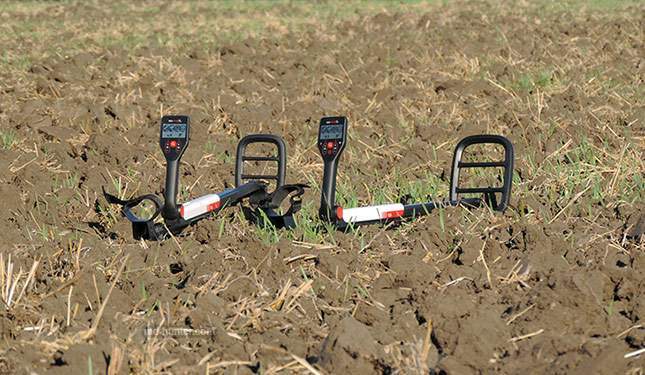
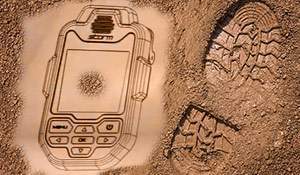
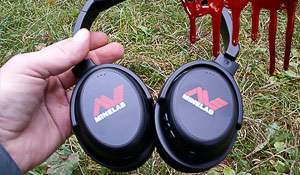
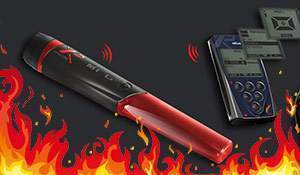
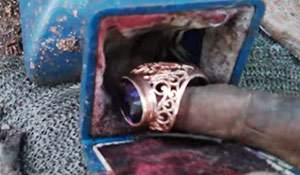
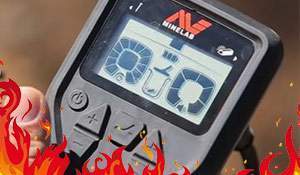
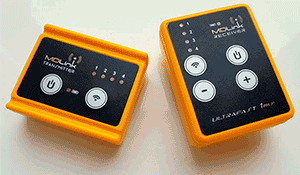



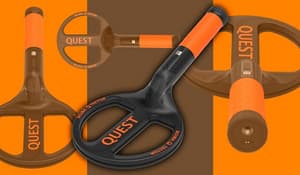
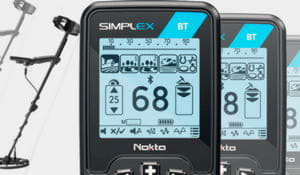
“the compactness isn’t impressive anyway” Wrong, look at the height of the 250 when disassembled? Been there done that, and taking it apart and putting it back together is more of a pain.
“(Go-Find 40/60) has less depth than the Garrett ACE 250” What about the 20?
How is the Ace VS Go-Find in dry and wet beach sand?
Thanks for the write-up, enjoyed it.
The Minelab Go-Find 20’s detection depth is even less than that of the Go-Find 40/60. The Go-Find 20 has an 8-inch search coil. The Go-Find 40/60 – a 10-inch one. With regard to coins, this difference is small – 1-3 cm (depending on coin size). It’s more noticeable on large targets. If we take an old army helmet (World War II) as an example, the Go-Find 40 sees the target 7-8 cm deeper than the Go-Find 20 does.
The Garrett ACE 250 also gives false responses on salt sand. But herewith it has a wider range of sensitivity adjustment. When on dry sand, reduce sensitivity by two or three steps – and you can easily search further. When the ACE 250 coil is submerged in saltwater, you should reduce sensitivity by half in order to hunt normally.
I there just reading your report on the ace 250 and the mine lab go find I have both the ace 250 and go find 60 I have never used the 20or the40 but what I can say is that the go60 has done me proud so think as starter metal detector for those who are looking to do this fantastic hobby then go for the go find series they are just job for children or for the not so young at heart happy hunting regards Charlie
Is there a decent detector for 200 or less? I want to get one for a gift and looking thought the mine lab go find seemed OK but now I’m not feeling the same way. Should I just go for one for like 75 or is there much of a difference for one twice that price. Thank you for your help.
I have the Go Find 40 and live next to saltwater beaches in NW FL. I can say that the detector doesn’t seem to have any issues with working in the wet sand or with the head submerged. It runs quiet and have dropped coins in front while in the saltwater and it picks them up. I had also seen a video by Gary Drayton with this 40 (Youtube Wet Sand Test) and his seems to work the same as mine (seems to work like it is in dry sand).
From Minelabs website: Iron and salt minerals in the ground can cause false signals with metal detectors. While other detectors have either a basic fixed setting, or require the user to learn advanced ‘ground balancing’ techniques, The GO?FIND 40 truly is ‘switch on and go’. With automatic sensing of salt ground, moving from beach to park requires no detector adjustments or special search modes. The fully automatic ground tracking minimizes ground interference and maximizes target signals, for finding more treasure.